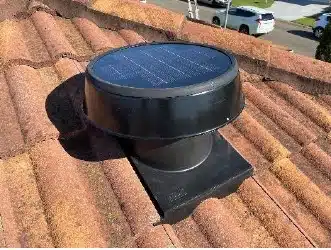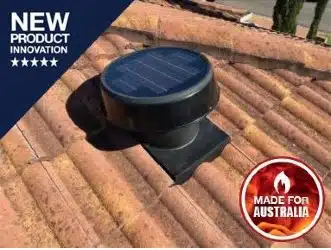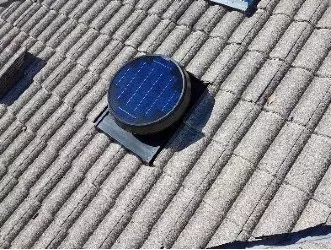Installation rates can vary based on your location, roof profile and building height – ranges from $200-$450
How many do I need?
Depending on the space you’re trying to cool down, it’s recommended to aim for anywhere between one and five air changes per hour, the greater the number of exchanges, the greater the cooling and ventilation rate. The average for a roof space is approximately three, so you need to understand the cubic meters per hour airflow available from the product, and the cubic meter volume of the roof space or area you are trying to cool to run this calculation.
Comparing products
Air flow to ISO 5801 standards.
There are no mandatory tests for measuring airflows of solar roof ventilators and the only true way of comparing airflows is if they are tested to ISO 5801. Major brands such as CSR and Solatube Australia have had their products tested to these standards, while many other products utilise their own testing methods which can significantly skew the results of their airflows. Some companies are claiming almost double the airflow capacity of products that have the same fan diameter and the same solar panel size, which is simply impossible if the products are tested to ISO 5801.
Warranty
This is another comparison that must be taken in consideration. While many products offer long warranties on the solar panels, motors are nearly always excluded and limited only to 1 or 2 years. Always ask about the motor warranty.
Roof flashing
This is a critical component of your roof ventilation system, and is often overlooked by customers. If your roof flashing is a one size fits all (same for all roof profiles) and the base is smaller or has the same diameter as your ventilation unit, there is a very high possibility it will allow water into your roof cavity. This might not always be noticed, but it causes mould and many other water-based issues in your roof cavity.



